Apple iPhone vs Samsung Galaxy: a history of the biggest smart phone rivalry
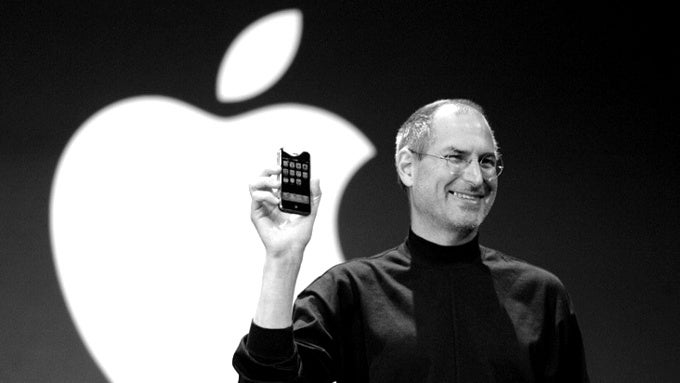
Steve Jobs holding the original iPhone
Nearly 10 years after the original iPhone set the foundation for the modern smart phone industry, Apple's iconic handset is still the world's most popular high-end phone, selling in record quantities.
While it was a one-man show in the first three years of the iPhone as the Android platform was struggling to come up with a strong alternative, it finally arrived in 2010 when Samsung launched its first Galaxy S phone.
In high-end phones the story was not about Apple vs Android, it was about Apple vs Samsung
An all-out phone with top-rate specs, the Galaxy S quickly became Samsung's best known phone, backed by huge marketing campaigns that stood it up against Apple's iPhone and presented it as the more feature-rich alternative. Samsung quickly realized that people want bigger screens and with its display expertise it was able to deliver big and beautiful AMOLED displays, one of the driving forces for Galaxy S sales. The TouchWiz custom Android interface became the best known 'face' of Google's platform.It's clear now that if there ever was a big smart phone rivalry, it was between these two phones: the Apple iPhone, the smart phone that started it all, and the Samsung Galaxy, the Android alternative. While other good phones erupted and faded, these two remained throughout the years, and as we're getting ready for 2017 that will likely bring the biggest design changes to both of them, we take a look at the history of the biggest smart phone rivalry: its Apple iPhone vs Samsung Galaxy.
2007
Original iPhone

"iPhone combines three products — a revolutionary mobile phone, a widescreen iPod with touch controls, and a breakthrough Internet communications device with a desktop-class email, web browsing, maps, and searching — into one small and lightweight handheld device."
The original iPhone was the thing that started it all for modern smartphones: while there were smartphones before it, they were nothing like Apple's iPhone that trumped them with its radically bigger screen, mind-boggling multi-touch interface, and the first on-screen keyboard that actually worked well. It was the ultimate Apple 3-in-1, but while Apple thought of the original iPhone as a phone first, iPod second and a 'communicator' third, it's interesting how most people would probably rank the 'communicator' aspect as what makes the iPhone and smartphones special.
The list of break-through innovations in the original iPhone is so long and has so much history that an article (heck, a book) won't be enough to properly describe it, but here is a very short summary:
- 3.5-inch display with a resolution of 320 x 480 pixels
- iOS, a new multi-touch interface controlled entirely by your finger
- Internet Connectivity (2G) with native email client and web browser
- 2-megapixel photo camera with NO video recording capabilities
- Ambient light sensor, proximity sensor
- On-screen keyboard
- 4GB / 8 GB / 16GB storage models
- YouTube and Google Maps applications, Google Search
- iPod music / video player with support for iTunes
2008
iPhone 3G
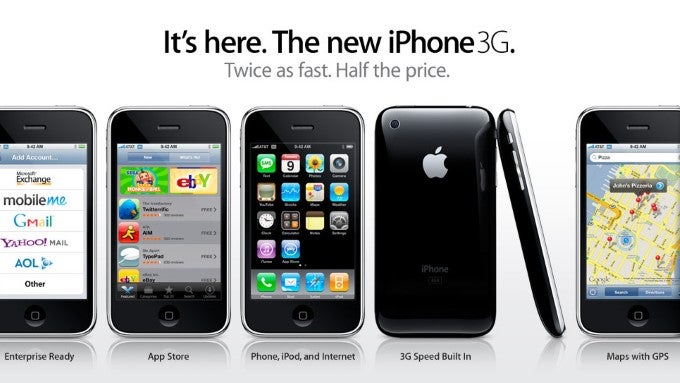
The iPhone 3G kept the same screen size, but went with a new, glossy plastic design and added 3G connectivity, making it much faster to load webpages. The iPhone 3G was also the first iPhone with GPS, the satellite communication that allows your phone to know its exact position and a quintessential part of a better maps and navigation experience.
The iPhone 3G did away with the 4GB storage option and was only available in an 8GB and 16GB versions. This new iPhone also fixed an important oversight: the 3.5mm jack on the original iPhone was deeply flawed, it was way too recessed inside the body of the device and this made actually using many headphones impossible without an adapter (ah, the irony!). Apple itself admitted on its website for the OG iPhone that "some stereo headphones may require an adapter (sold separately) to ensure proper fit."
2009
The iPhone 3GS was a gradual upgrade rather than a radical move, but it still brought important speed improvements and faster 3G connectivity. But its most important novelty was probably that it was the first iPhone that could record video. The iPhone 3GS' new 3-megapixel camera debuted a video mode and was able to record videos at VGA (480p) resolution. It was also the first iPhone with a digital compass that allowed it to correctly show you your orientation in space in Maps.
2010
iPhone 4 vs Samsung Galaxy S
Early in 2010, Samsung was finally ready with an answer to the iPhone: a brand new series of devices, the Galaxy S.
Samsung went big with this phone from the start: it featured a larger-than-most 4-inch display with a resolution of 480 x 800 pixels, a slim and impressive for the time plastic body, as well as the Android 2.1 operating system. It was one of the first devices to come with a new type of screen technology: Super AMOLED, a tech that you know well about today, where each pixel is controlled individually and all of them can be shut off completely for perfect blacks. The Galaxy S also featured a very good 5-megapixel camera that could record video in 720p HD and it was one of the first phones to support this higher new resolution. While the Galaxy S was introduced way back in March, it only launched in the beginning of June, just a couple of weeks before the launch of the new iPhone.
New glass design for iPhone and the first 'Retina' screen, while Samsung goes big with a 4" screen
For many Apple loyalists, what followed - the iPhone 4 - was the best iPhone of all time. The iPhone 4 was the first major redesign within the iPhone series, introducing a stunning for the time glass construction with a metal frame. It was also the first iPhone to come with a 'Retina' display, a new screen resolution of 640 x 960 pixels that was so sharp Apple said it compares to the the natural limits of the human retina. This was the first phone with such a high resolution and it remained so for the next couple of years.There was also a big scandal around the iPhone 4, the so-called antenna-gate. The issue was that when held a certain way, cellular signal got easily blocked by your hand and while Apple never formally fixed this, it did offer free bumpers that alleviated the issue.
The list of innovations in the iPhone 4 is too long, so we'll just quickly go through the most important ones right below:
- Highest phone resolution of the time, 'Retina' display
- First iPhone with a front-facing, selfie camera
- New 5-megapixel camera capable of 720p HD video recording
- Smaller, micro-SIM card slot
- New glass-and-metal design
- Secondary mic for noise cancellation
A few months after its launch on AT&T, Apple's exclusive partner, the iPhone 4 finally launched on Verizon Wireless in the beginning of 2011.
2011
iPhone 4s vs Samsung Galaxy S II
2011 was probably the toughest and saddest year for Apple, its fans and the community: on October 5th, 2011, just a day after the introduction of the iPhone 4s, Steve Jobs, the man that created Apple, shaped it as a company and single-handedly led it with his unique vision for technology passed away. Jobs left Tim Cook, Apple's former logistics chief as the CEO, and Cook hosted the iPhone 4s unveiling.
The big feature of the iPhone 4s was Siri, the smart voice assistant that impressed with its ability to ask tricky questions with a pinch of humor and who would console you with a joke when you need it. It also set alarms and calendar appointments. The newer iPhone, however, remained a 3.5-inch phone, smaller than the Android competition that was getting a foothold among customers who wanted bigger devices.
The iPhone 4s debuted with a new, two-antenna design and fixed the dreadful 'antenna-gate' problems. The major new features introduced with the iPhone 4s included a more powerful, dual-core chip, the Apple A5, a new 8-megapixel camera capturing more detailed pictures and with better auto white balance, and iCloud, a cloud-storage solution.
iPhone 4s brought us Siri, the S II finally established the Galaxy brand
Earlier that year, though, Samsung had already launched the Galaxy S II, a key device that reinforced its position among flagships. The S II featured an even bigger, 4.3-inch display, a sharper, 8-megapixel camera that was able to record video at the impressive-for-the-time 1080p resolution. The phone also came with a brand new version of Samsung's TouchWiz interface, one with a lot of flashy effect and added functionality.Samsung pushed out a big marketing campaign for the Galaxy S II touting its bigger display and the fact that it supported 4G LTE on AT&T, while the iPhone did not. This was the time of the famous sarcastic 'Dude, you are a barista' ad, one of the most memorable phone commercials of the iPhone vs Galaxy rivalry.
2011 was also the year when Samsung and Apple finalized their modern annual release cycle: Samsung would generally settle on releasing its phones in early spring with an announcement at Mobile World Congress in late February (the S III and S4 were an exception, unveiled at a dedicated event), while Apple decided to move the announcement of its new iPhones from the summer to the busier fall season in September, with a launch a week or two after the announcement.
In October 2011, Sprint also finally got the rights to sell Apple's iPhone and started offering the iPhone 4s, iPhone 4 and iPhone 3GS to its customers.
In October 2011, Sprint also finally got the rights to sell Apple's iPhone and started offering the iPhone 4s, iPhone 4 and iPhone 3GS to its customers.
2011
A new star emerges: the gigantic Samsung Galaxy Note
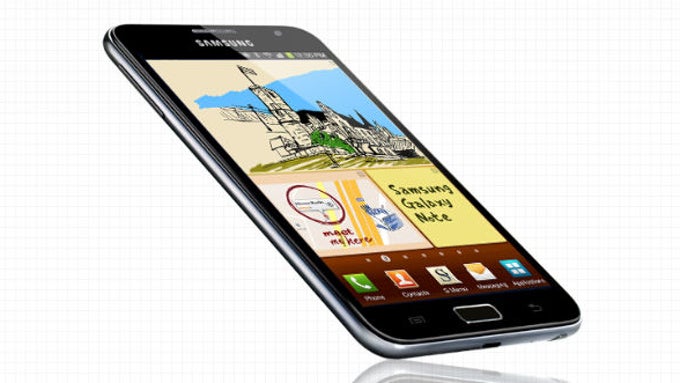
There was one other phone that Samsung launched right after the iPhone 4s that spoiled Apple's party even more in 2011: the radically different Samsung Galaxy Note. The first generation of the Note was a shockingly big phone for the times: a 5.3-inch device that also came with a stylus.
It was a true revelation: all sorts of people loved this bigger screen and the device was a success second only to the Galaxy S series in Samsung's high-end phone portfolio. It was the one that started the second hugely popular Samsung Galaxy family, the Note series. It was an all-out big phone with as much new technology as could fit: the bigger display, larger battery, note taking capabilities and all sorts of advanced features, the Note phone was one for those who wanted to do more.
2012
After the Galaxy Note's success, Samsung was convinced that big phones were here to stay and in May 2012 it launched an even bigger Galaxy S, the S III. With a beautiful nature-inspired redesign, the Galaxy S III was an imposing yet thin phone with a 4.8-inch display with a higher, 720 x 1280-pixel resolution. It debuted with a quad-core processor, jump-starting a battle of 'who has more cores', and introduced a new interface with nature-inspired sounds called Natural Interaction. Most importantly, the Galaxy S III established the brand 'Samsung Galaxy' as the company continued its successful 'The next big thing is already here' marketing campaign.
With the Galaxy S II and the Galaxy S III, for the first time many started wondering about Apple being too slow to bring important new features like a larger display and 4G LTE connectivity. Samsung was pulling ahead and emerging as the world's biggest phone maker at a time when the former king Nokia was in shambles.
The Apple iPhone 5 debuted later on that year and finally brough a bigger display, but it was only slightly bigger, moving from 3.5 inches to 4 inches. This changed the 3:2 aspect ratio to a more practical for video 16:9.
An impressive new Galaxy with large, 4.8" screen and sleek design
The iPhone 5 also marked a monumental moment for Apple: it was the first phone with a chip that Apple itself made as it sought independence from Qualcomm. The Apple A5 impressed with its design and speed improvements, and set an important foundation. Apple was now able to better optimize the performance of its phone to the chip that it itself made. The new iPhone 5 design was also thinner and lighter.It was - finally! - the first iPhone with 4G LTE support. The display was also improved in terms of color, it was well-balanced for the sRGB standard used across the web for images and video.
This was also the time when iOS software chief Scott Forstall was shown the door as the newly-launched Apple Maps app, a project that he led, failed spectacularly at start. This would later ead to a huge change in the iOS interface that would move from the old-fashioned skeuomorphic design, but more on that later.
Months after the launch of the iPhone 5, the last big U.S. carrier finally got the rights to sell it: T-Mobile joined AT&T, Verizon Wireless and Sprint in carrying the iPhone. This was around the time when John Legere started the massive change at T-Mobile and grew it to where it is now.
Months after the launch of the iPhone 5, the last big U.S. carrier finally got the rights to sell it: T-Mobile joined AT&T, Verizon Wireless and Sprint in carrying the iPhone. This was around the time when John Legere started the massive change at T-Mobile and grew it to where it is now.
2013
iPhone 5s vs Samsung Galaxy S4
In March 2013, Samsung was ready with its next big thing: the Galaxy S4. The S4 had a slightly bigger, 5-inch display with an even sharper, 1080 x 1920-pixel resolution. It was the first phone with a higher pixel density than the 'Retina' iPhone, but it was also using an AMOLED technology with less sub-pixels and the difference was no longer that apparent in daily use.
Samsung engaged in a full-on marketing game touting terms with little practical significance as an 'octa-core' processor in the S4. And it went all out in terms of features with hand gestures, Floating Touch and all sorts of features that seemed to go over the top. It also introduced the S Health app, one of the staples of the company to this day.
Apple introduces the fingerprint scanner and iOS 7, while Samsung's Galaxy S4 fails to impress
Later on that year, all eyes were on Apple, expecting finally a modern, bigger phone, but it was not ready for a bigger display just yet. This disappointed many people. Yet still, we got the iPhone 5s, a phone with a ton of important but less flashy features.It was arguably the biggest 'S' update of all time with two of its features years ahead of the competition: a new Apple A7 'Cyclone' chip, the first 64-bit chip on a phone, years before others even had started work on 64-bit chips, and then also 'Touch ID', the fingerprint-based secure identification system that would take years to properly implement on Android phones. It also brought improvements to low-light camera performance and other minor enhancements.
The iPhone 5s also marks a new era for iOS: in June 2013 at WWDC, Apple announced a radical change to the iOS design with iOS 7. The new Jony Ive-designed interface did away with the old-fashioned elements in iOS in favor of a flatter, transparency-rich interface that felt like a huge step forward.
2014
iPhone 6 vs Samsung Galaxy S5
With the growth of the Note series, it looked as if Samsung's Galaxy S family was in a bit of a stumble. Samsung launched the brand new Galaxy S5 in early 2014 betting on flashy features like a strange, new dimpled design with water-proofing that relied on an inconvenient flap-protected port. It was also a microUSB 3.0 port, a speedier but also ugly and large port that alienated many users. Samsung was quick to bring a fingerprint ID system to the Galaxy S5, but in place of the convenient touch-based one on the iPhone, the Galaxy used a short-lived swipe-based fingerprint reader.
On a more positive note, the Galaxy S5 was fast and it featured an outstanding camera, cementing Samsung's fame for great image quality.
The big iPhone that everyone wanted and an impressive new design
What followed later on that year, though, completely eclipsed the Galaxy S5 and other Android phones: Apple - finally! - showed a big, modern phone. In fact, there was two of them: the 4.7-inch iPhone 6 and the 5.5-inch iPhone 6 Plus. The pair sold like hotcakes: it brought both a Galaxy S and a Galaxy Note competitor, but it was also clearly better designed, with a thin and streamlined, durable aluminum body. It felt on another level than the cheap-feeling plastic designs from Samsung. It's safe to say now that the iPhone 6 was an important step towards establishing premium, metal designs as the standard among flagships.The iPhone 6 and 6 Plus also introduced a much better camera with faster auto-focusing and support for continuous auto-focus in videos, and felt like the complete package.
2015
iPhone 6s vs Samsung Galaxy S6, S6 Edge
The Galaxy S6 was a watershed moment for Samsung: after years of uninspiring plastic phones, Samsung finally made a phone that looked and felt good. The Galaxy S6 was a complete redesign, a modern construction made out of glass on the front and back, with metal as the main frame. Even the buttons were made out of metal and felt good.
But it was the other Galaxy S6 that became an even bigger influencer: the S6 Edge. A phone with its display curved towards both sides, it was a completely new and futuristic design unlike any other thing we've seen until then. The excitement and interest for that phone surpassed even Samsung's own expectations and multiple reports claimed that - despite its higher price - people were buying as many of the Edge model as the regular S6.
What else was new? Samsung has finally heard years of users complaints about how overweight the TouchWiz interface had become and removed a lot of unnecessary features, making it all simpler to use, and also faster. The new design and interface combined for one of the most spectacular launches in Android history and it was a serious challenge for its biggest rival, the iPhone.
A big step for Samsung with new design and the first Edge phones
Later that year, it was Apple's turn and the company unveiled the iPhone 6s and 6s Plus. For the first time, Apple actually increased the thickness of the phones, going against a previous trend of making only slimmer devices. The main reason for the thicker body of the new iPhones was a new display technology that allowed the phone to sense the force of a touch. Apple called the tech 3D Touch and introduced it to a lot of its own apps. It all worked a bit as a right click, a neat time-saving shortcut for many apps, but hardly a game-changer.Camera buffs probably received the biggest upgrade with the iPhone 6s: it was the first iPhone able to record 4K video. Android phones had come with 4K video for years, but all of them had annoying limitations such as 5-minute limit to video clips and no ability to record 4K footage on the phones. The iPhone 6s might have been late, but it got all those things right: video came very crisp, recorded at high bit-rates, and Apple updated its excellent iMovie with support for up to two 4K video channels. At the time, many laptops could not handle 4K video editing, outdone by a phone.
Other cool iPhone 6s features included Live Photos that recorded a short video before and after a still image, a set of new 3D Touch-enabled Motion Wallpapers, a new rose gold color, as well as support for 'Hey, Siri', a hands-free voice command that activated the smart iPhone assistant.
2016
In 2016, Samsung made the Galaxy S series big: along with the more compact Galaxy S7, it introduced a bigger, 5.5-inch Galaxy S7 Edge. Just like the 2016 S6 Edge, the S7 Edge featured a screen curved at both sides, but this time around it had a big 5.5-inch display. Its curved display, however, allowed the phone to be much more compact in terms of physical size. Samsung also added more curves to the design of the S series, polished the rough edges and the result was a stunningly good-looking phone. A new black color option was also available.
For the first time, it felt like Samsung is not only copying. It felt like Samsung was leading the way in terms of design.
The Galaxy S7 impresses with the fastest camera, the iPhone responds with Portrait mode and bokeh
With the S7 and S7 Edge Samsung also made a huge step towards making the best camera on a phone. It was the first and only one (and in early 2017 still is) phone maker to introduce Dual Pixel auto-focus to its camera. A technology from expensive advanced DSLR camera, Dual Pixel was and is the fastest focusing mechanism. The new camera also featured a super wide, f/1.7 lens that allowed more light in, making the S7 series one of the best phones for night photography. Samsung also added water-proofing to the design, a practical feature that many appreciated.The Apple iPhone 7 and iPhone 7 Plus also put the focus on a newer and improved camera. For many years, the iPhone was the gold standard in mobile photography, but the S7 was a serious threat. Apple showed that it's not sitting idle in the corner, but has in fact been developing a completely new dual-camera system in the iPhone 7 Plus. The secondary rear camera was equipped with a 'Telephoto' lens and a few months on, an update brought 'Portrait' mode. This gave a professional camera-like, bokeh (blurred background) effect to images. Others had done it before, but none with the sharp accuracy of Apple's algorithms.
The new iPhone 7 also got two appealing new black finishes: a glossy (and easy-to-scratch) jet black model and a matte black option. The new phones were also water-proof, again to the joy of consumers.
In a 'courageous', typical Apple move, the company killed our good old pal, the 3.5mm headphone jack. The outcry in the media was huge, but consumers did not seem to care too much and the iPhone 7 broke all previous Apple sales records.
Expectations
2017
Apple iPhone 8 vs Samsung Galaxy S8
The future is bright for the two most popular high-end phones and 2017 is expected to be a particularly big year for iPhone and Galaxy S upgrades. In early spring of 2017, Samsung is expected to unveil its first nearly bezel-less phone with the Galaxy S8. The device is rumored to come in two versions, both with much bigger screens than before - a 5.8-inch one and a 6.2-inch one - with a narrower aspect ratio that will allow the phones to remain the same physical size as the S7 and S7 Edge. The Apple iPhone is expected to follow a similar path with a brand new design later on in 2017.
A radical change to modern phone looks with a bezel-less design
Samsung, however, is going one step further with the most powerful chip on the market, the Snapdragon 835, it is including a brand new smart personal assistant called Bixby, made by company Viv that previously worked on Apple's Siri, and features a dedicated button to summon the assistant easily. It will also be the first Galaxy S with a USB-C port, improved water-protection and Samsung will surely have a few surprises up its sleeve.The iPhone 8, on its part, happens to be the 10th anniversary iPhone and expectations are huge. The new design, the usual improvements in camera and performance are all in tow with this new update.
And while the smart phone future is safe in the hands of these two, more and more rivals emerge driving competition. The new Google Pixels, the LG G6, and many others will push Apple and Samsung to deliver their best or be forgotten.
Follow us on Google News
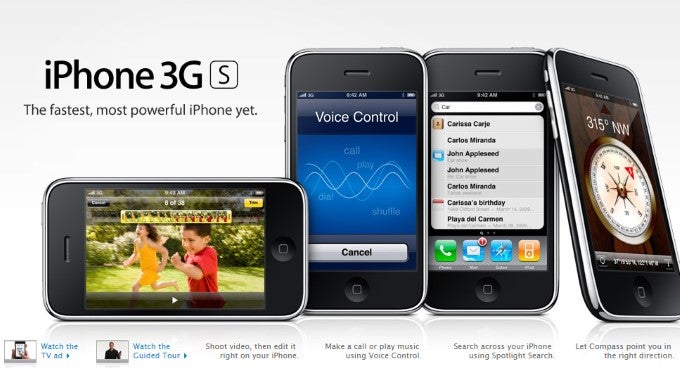
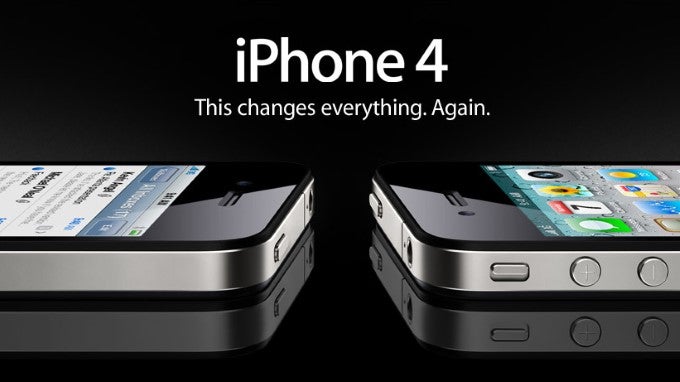
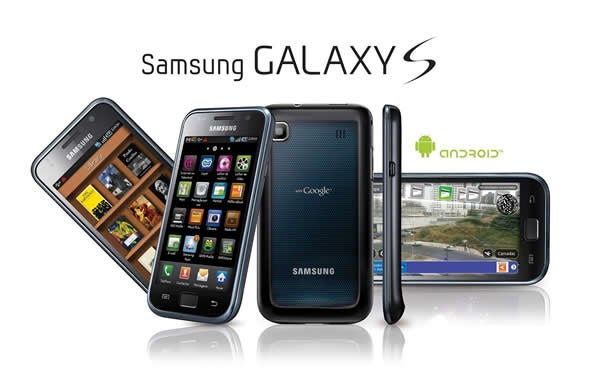
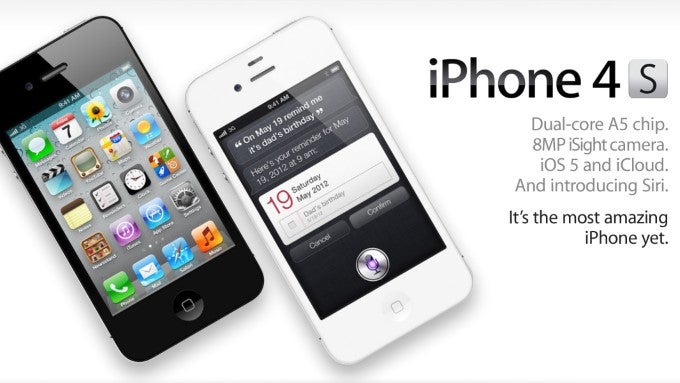
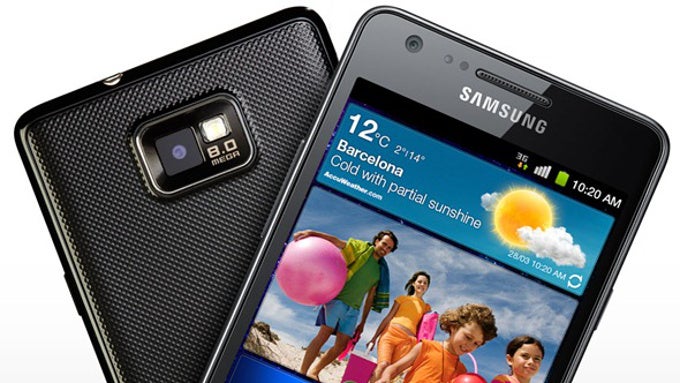
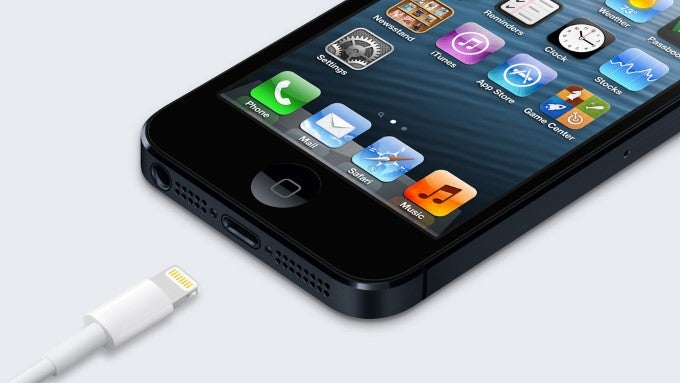
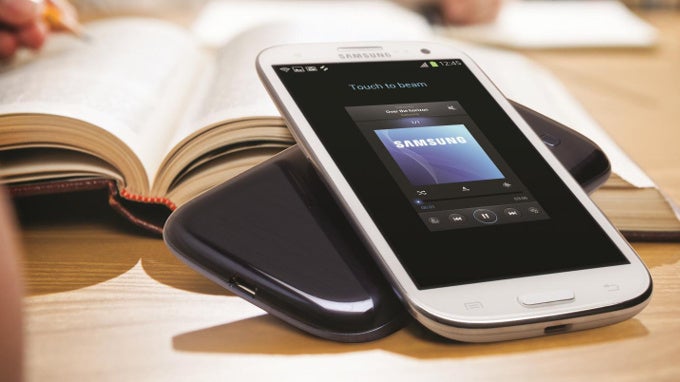
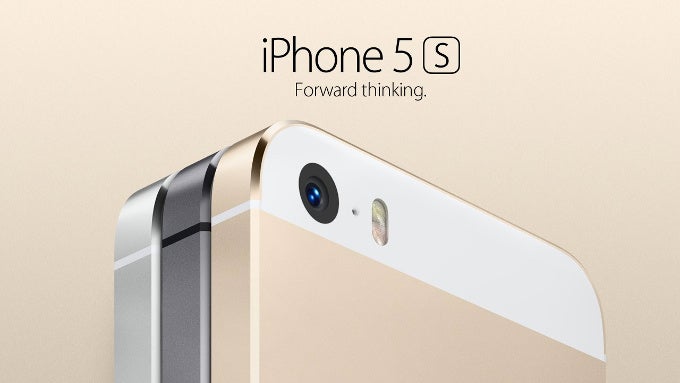

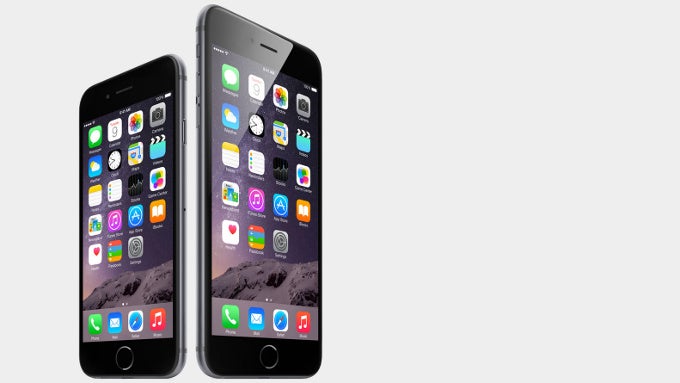
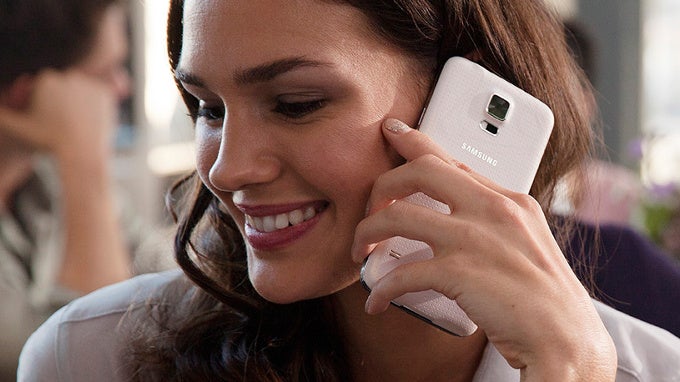
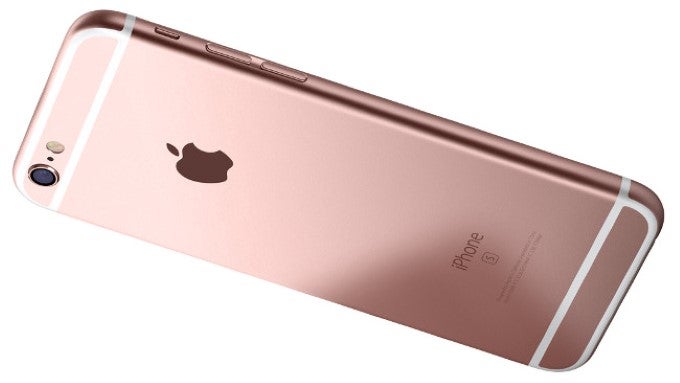
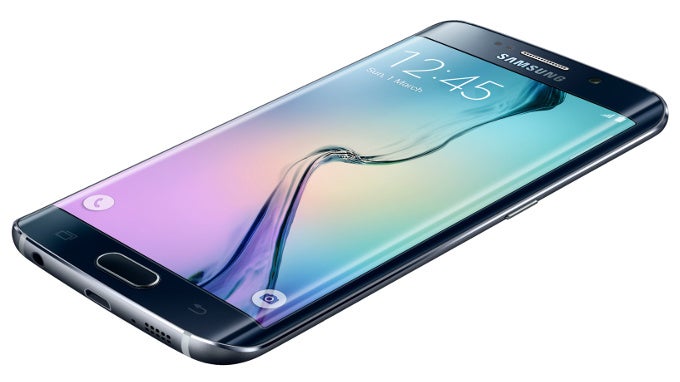
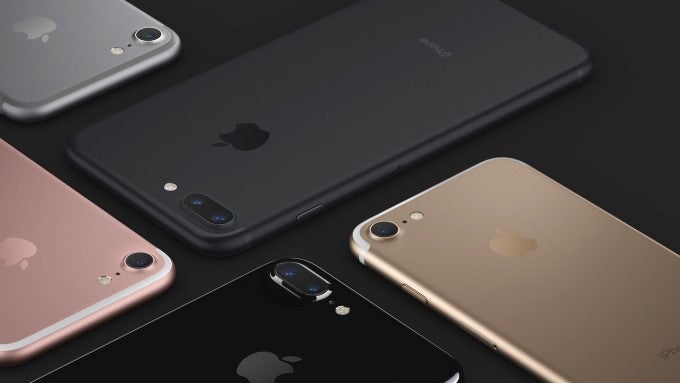
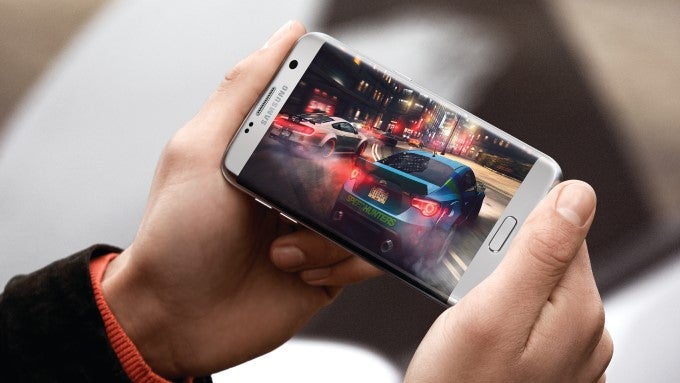












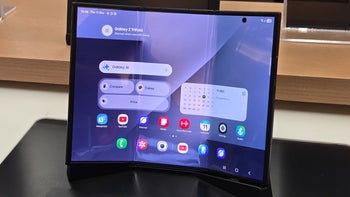
Things that are NOT allowed:
To help keep our community safe and free from spam, we apply temporary limits to newly created accounts: